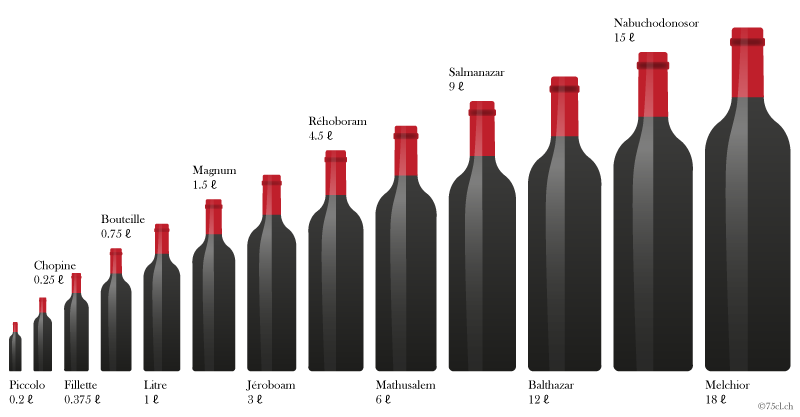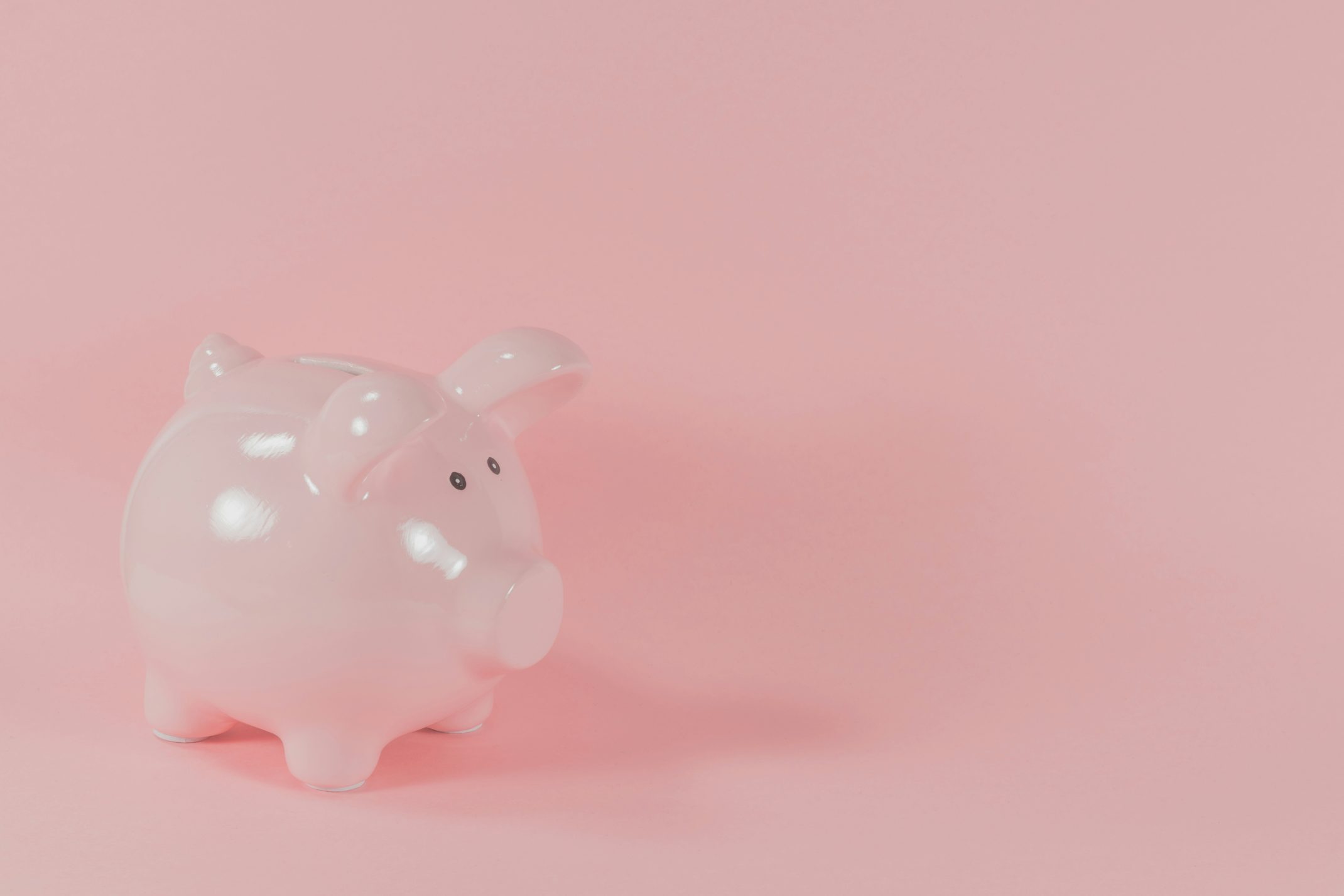French: bouillir. English: to boil.
In France, however, a bouillon is not merely broth, but a whole institution: a bustling, democratic restaurant where good food arrives quickly, wine flows freely, and the bill arrives with suspicious modesty.
A butcher’s idea
The story begins in 1855 with Pierre-Louis Duval, a butcher from Montlhéry. His idea was brilliantly simple: serve workers a hot plate of boiled beef in broth at a fixed price. He opened his first shop on rue de Montesquieu, a stone’s throw from the great market of Les Halles. Porters, butchers, and market workers — who spent their days hauling carcasses and cabbages — needed something hearty and affordable. Duval gave it to them.
The formula was irresistible. By the turn of the century, bouillons had multiplied across Paris. More than 250 dotted the city by 1900, feeding everyone from labourers to clerks, artists to students. They were efficient, lively, and egalitarian — France’s answer to fast food long before the phrase was coined.
Cafés for the bohemians
It’s easy to imagine Montparnasse’s writers and painters — drunk on wine, words, and self-importance — ending up in a bouillon. Between arguments about philosophy and politics, they fuelled themselves with onion soup, steak, and cheap Bordeaux before stumbling back to create something immortal. Proust, no doubt, would have found something to remember about the ritual.
The decline and the revival
Bouillons began to fade in the mid-20th century. Modern cafés, brasseries, and the arrival of international fast food pushed them into decline. By the 1980s, only a handful survived, chief among them the legendary Bouillon Chartier near Grands Boulevards, still feeding Parisians in its gilded Belle Époque dining hall.
And then, against all odds, the bouillon made a comeback. Around 2017, new owners reopened historic dining halls and revived the format for a new generation. Bouillon Pigalle, with its cavernous red banquettes, was an instant hit. Suddenly, queues wrapped around the block for the very experience Parisians’ great-grandparents once took for granted: classic dishes, served without fuss, in a noisy, cheerful room where nobody pretends to be discreet. Even Emily in Paris has been to a bouillon.
Today, bouillons are thriving again — in Paris and beyond. They have become a modern ritual: friends meeting after work, tourists seeking “real” French food, students splurging on dessert, families eating together at long tables. It’s fast food à la française — but with linen tablecloths and a respectable wine list.
What’s on the menu?
A bouillon menu is a parade of French essentials:
- Entrées: oeufs mayonnaise, os à moelle, escargots.
- Plats: soupe à l’oignon gratinée, steak frites, roast chicken with chips.
- Desserts: the canon of French patisserie — riz au lait, baba au rhum, pain perdu, île flottante, mousse au chocolat, crème brûlée, profiteroles.
The delight lies in the abundance. A table of four can order half the dessert menu without risking financial catastrophe — the true luxury of a bouillon.
Why go?
Because bouillons are loud, generous, and joyful. Because they remind you that good food doesn’t have to be expensive or complicated. And because there’s something deeply Parisian about clinking glasses in a crowded dining hall where, 150 years ago, the city’s market workers once did the same.





Comments